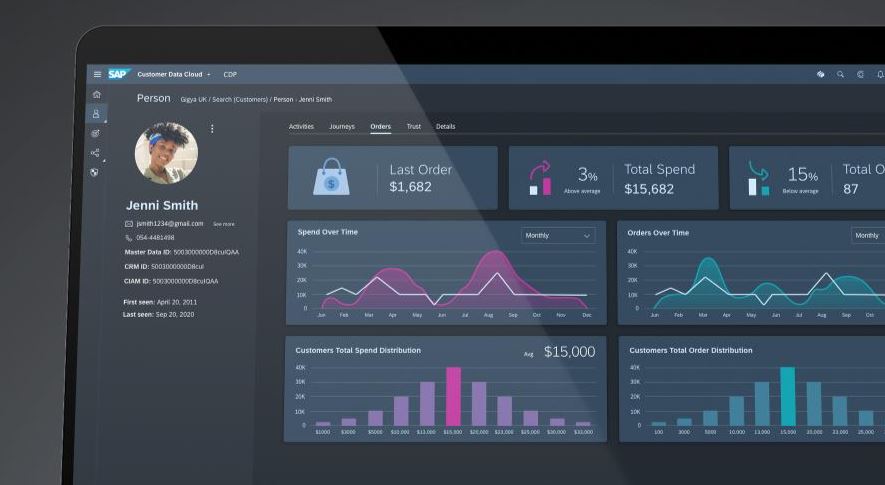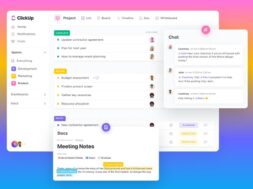5 Tips to Optimise SAP TCO (Total Cost of Ownership)
What is TCO?
Total Cost of Ownership (TCO) was first used in the Napoleonic era when cannon buyers, users, and their engineers wanted to measure the cannons’ efficiency by assessing its service life, cost of production, and the cost of repairs when damaged. This method, also known as TCO, was brought to the limelight by the US Department of Defense after they used it to determine the total cost of their defense program. Since then, many establishments, companies, and industries adopted the TCO method to determine and evaluate their cost production, set the sale price, and created spending limits. What then, is the Total Cost of Ownership (TCO)? And how do you reduce the total cost of ownership for your SAP? The answers to these questions are just a few lines away.

Total Cost of Ownership Formula
The Total Cost of Ownership is the addition of the cost of purchasing a good, machine, or asset to the cost of operating and maintaining it. It encompasses both short term and long term evaluation of the goods, machine, or asset purchased while asking yourself what value will be derived from it in the long run. All this while bearing in mind that operating or repairing it will also cost you.
For instance, the TCO of owning a truck is calculated by adding up all your cost implications together. You bought the truck and paid for insurance, gasoline, and license. You also serviced the truck and understand that you have to repair it when it develops a fault. Put all these together; then you have your total cost of owning the truck.
With that being said, you now know you can’t just purchase an asset because you have taken a look at the price, and it all seems sound. You should consider its value and long term cost implications. Any asset with a low TCO has a great long term value. That is why SAP solutions providers and SAP users should consider the concept of TCO when using, purchasing and maintaining in their usage of SAP.
Our 5 Tips to Reducing SAP TCO
Whether you or you rorganisation is now a current SAP user, or considering to purchase any of SAP products, you know you could save money. You also know that you should pay attention to the long term usage so that you derive most value out of it. How do we do so? Have a look at our 5 tips below to find out:
1. Business and IT Joint Planning
For companies looking to reduce the TCO of their SAP successfully, comprehensive planning between both the departments and its staffs is the first step. The goal of the joint planning is to regulate and successfully reason in terms of investments, maintenance, operations, infrastructure, and all other IT services. This step defines the boundaries of responsibilities in usage of certain products, which determines the departments’ responsibility for using and maintenance. That department will then be made to consider carefully how much they are willing to set aside a budget for it.
It is also important to note that not all users will use all purchased licenses and system functions. Therefore, costs can be cut by, for instance, not purchasing a generic package for a marketing user when only a package with marketing functions are required. Likewise, not all marketing users will use the social media management function or email marketing function. How much effort each department is wiling to spend on planning determines how much of their SAP TCO can be reduced!
All in, the above step will help all departments to agree on what is needful and what is extravagant prior to their purchase or in-between usage.
2. Landscape Simplicity
There’s a lot of companies out there with hundreds of both SAP servers and OS, tons of landscapes, high-level databases, notes, different support packages, kernels, and so on. All this complexity within one company will not reduce TCO.
It would be advisable to work towards a simplified landscape by reducing the amount of operating system and database or simply move what’s possible to single-landscape installations. That will help reduce TCO easier and allows for the maintainance and operation of your SAP system with greater scalability and lesser effort. Again, this will involve whole organizational planning. Start getting top management buy-in!
3. Virtualization of Infrastructure
Move to a more virtual infrastructure that allows both cost reduction and flexibility. This step ensures that use of SAP purchase is maximized, without hidden costs for use and maintenance seeping into other areas elsewhere. Also, consider moving to Cloud. The area that can be virtualized include:
- Unproductive Systems- testing, training, and development
- Legacy System- auditing and tax system
- Satellite system- interface, FTP servers, and global trade systems
4. Data Management
Combining your essential data well and making sure that they are well managed can also reduce TCO by reducing possibilities for corrupt files, missing folders and storing of unessential files. Have a data management policy in place which can be passed down and followed from top management all the way to individual departments. Each department can then add-on more data management rules but not remove it. Start by defining what are top secret files, what are confidential files and restricted files and so on. Set a maximum and minimum storage duration and the ways to dispose of them. Ensure reminders are set to notify when files of folders need to be removed permanently.
Are you finding that your database lack real-time analytics? Or do you have difficulty whenever you wish to introduce new functions for your applications hosted on your database? Then read this review on why NoSQL databases could benefit you.

5. Standard Over Customised Solution
It is also important to try to stick to a standard SAP solution and reduction on any customization of code solutions. Failure to use a standard solution will not reduce your SAP’s TCO but rather increase it with. Updating and technological implementation, modernization of the code of a sub-standard solution will be the beginning of the TCO increase, although bearing in mind, that the use should always cater to department and user needs. Just pay very careful attention to this.
Final Comments
Conscious awareness on reduction in a company’s SAP TCO is sensible and informs the effectiveness of a company since SAP have an impact on productivity, efficiency and spending. With the tips above, we hope to bring this awareness to all SAP users, for SAP is a great product worth long-term investment in using. We understand the tips outlined above may not be fully feasible. In fact, there are possibly lots more ways which can never be outlined in any texts.
Activities
Whichever road you take, moving to a data-driven decision-making culture is proven to increase profitability and other business outcomes. Read about this tool by Microsoft.
Let us hear your thoughts should you be thinking of implementing these tips, or had tried implementing. What feedbacks had you received? COMMENT below.
LIKE and SHARE this article with your SAP user friends and any SAP community you know. Impress them!
HASHTAG #DonutAtwork
“We all need people who will give us feedback. That’s how we improve.” – Bill Gates








